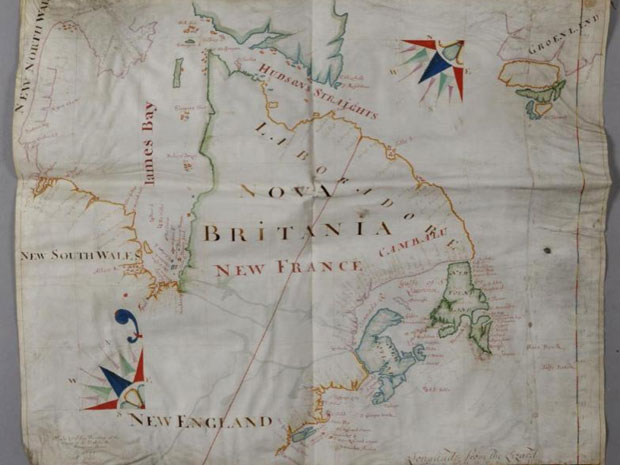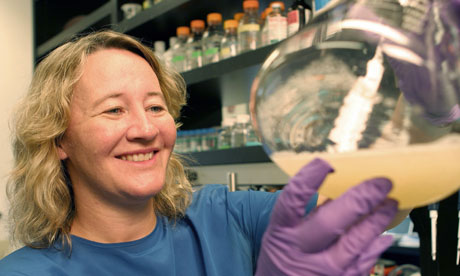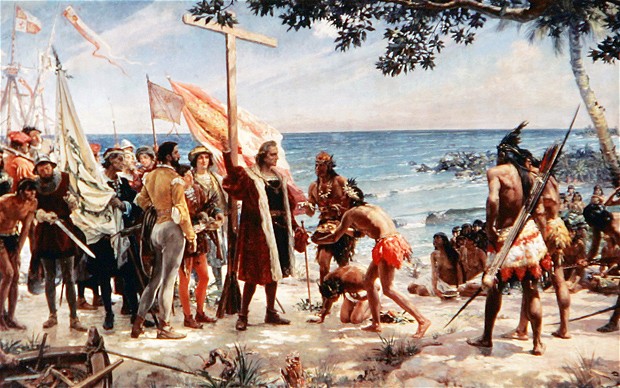
© Postmedia NewsA long-lost treasure 17th-century map of the Canada, hand-drawn by the leading English cartographer of the era has been discovered under a thick layer of dust in the utility room of an old house in rural Scotland.
A long-lost treasure of Canadian history - a one-of-a-kind, 17th century map of the country, hand-drawn by the leading English cartographer of the era - has been discovered under a thick layer of dust in the utility room of an old house in rural Scotland.
The previously unknown depiction of New France and "Nova Britania" covers an area stretching from modern-day Manitoba on the western shore of Hudson Bay to "Labradore," "New Scotland" (Nova Scotia) and the island of "New Found Land" in the east.
The southern part of Baffin Island appears at the upper edge of the map, with the fledgling American colonies of New England shown to the south.
Described by the British auction house that found the map as "remarkably well preserved," the 311-year-old relic is made of vellum, a specially prepared sheet of animal skin - typically from sheep - that was used by European map-makers in the 1600s to produce durable illustrations of the new lands being discovered across the Atlantic Ocean.
Such originals were usually used to create the etchings for published maps or atlases, but the one found in Scotland appears to have been specially commissioned for a commercial client and never copied in print.
The map is dated 1699 and signed by John Thornton, a renowned figure in 17th century cartography known to have been hired to produced maps and marine charts for the Hudson's Bay Company and East India Company, the trading firms that served as the commercial spearhead of British imperialism during the golden age of European exploration.


